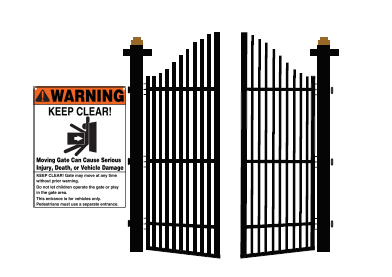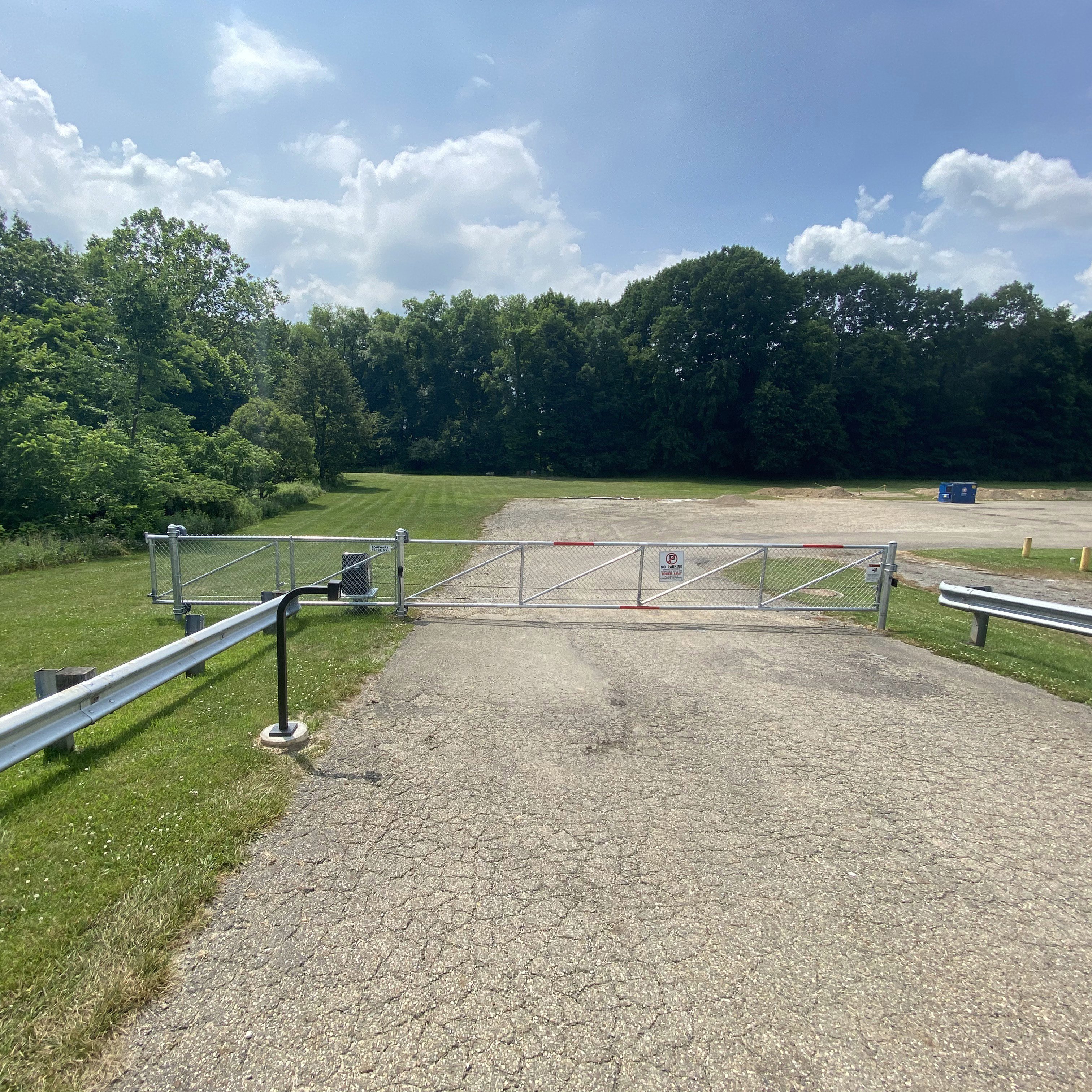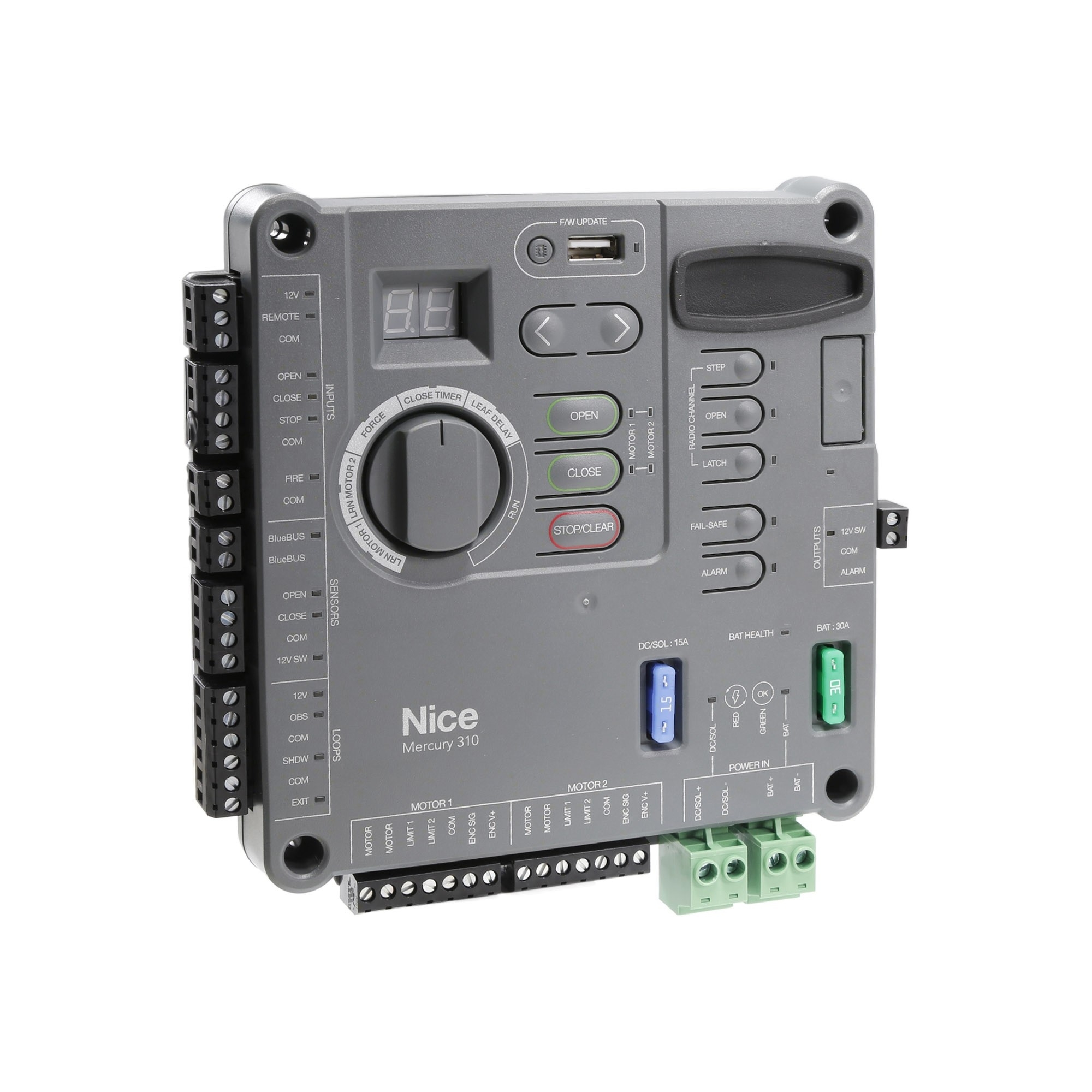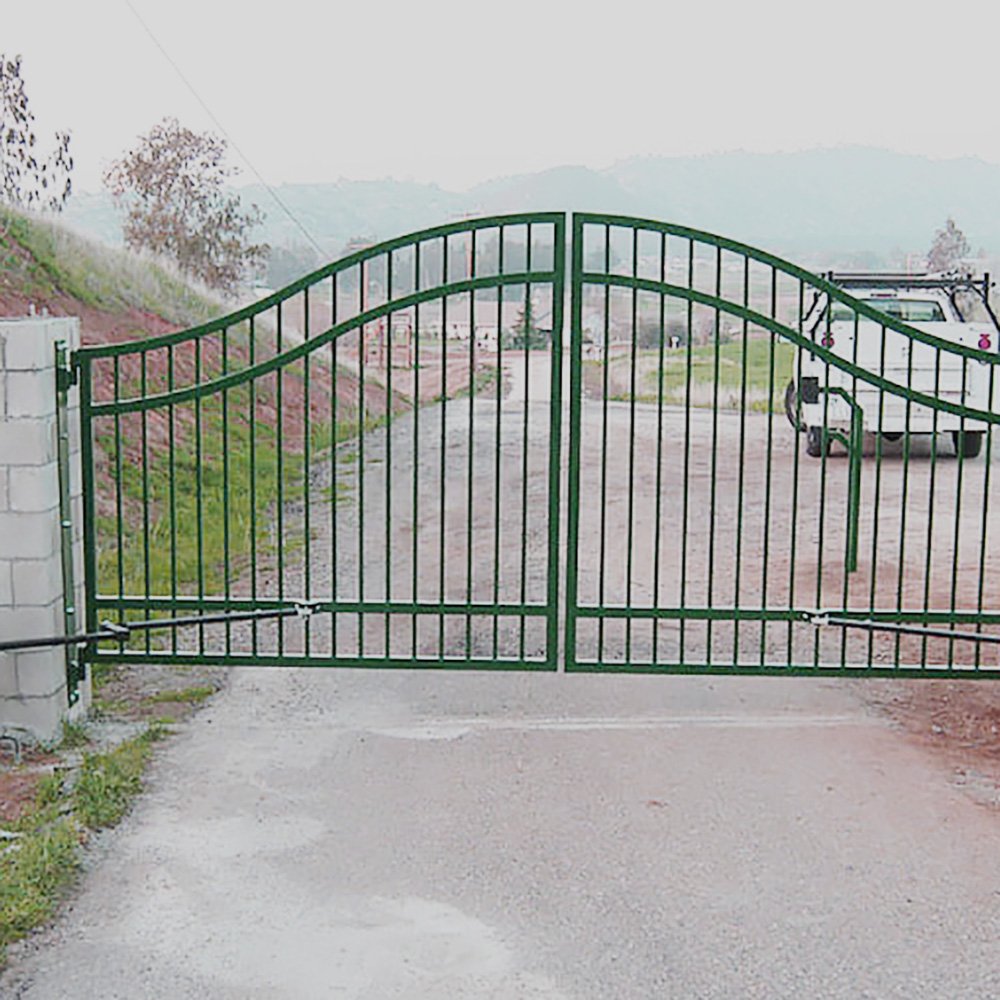How To Prevent My Gate From Closing On Me

Automatic Gate Operator Safety Precautions
Slide and swing gate operators, while convenient and even necessary in some cases, can be dangerous if handled and operated carelessly or incorrectly. Like most automated mechanisms, they are made of heavyweight parts. They use a fixed amount of power designed to be virtually unaffected by natural obstacles such as leaves, ice, and other debris. Additionally, many tend to have a system meant to break through a particularly stubborn obstacle if a mound of ice did not break on first contact with the wheels.
One can certainly imagine what might happen if a person were to become one of those obstacles or get trapped within the gate’s moving parts. Because of this danger, cautiousness and safeguards must be put into the product's installation. Additionally, there are Safety Standards in place that surrounds each model and class of operation, which dictate all recommended ways to keep the operation of your automatic gate opener safe.
When installing your automatic gate opener, be sure that the operator is properly installed as per the instructions and that the gate or fence it is attached to is stable and properly supported. In the case of sliding gates, any exposed rollers should be covered; the track they operate along should be secure and have physical stops on each end to avoid over-travel in either direction, and gaps between the gate and fixed objects or between vertical bars must be less than 2¼” (57mm). In the case of swing gates, the area it covers while both stationary and in motion should be an area that does not typically come into contact with pedestrians. For both styles of automatic gate operation, there must be a separate entrance near the automatic gate that is manually operated and meant for pedestrian use.
A proper amount of visible signage should warn individuals from the entrapment zone (the dangerous areas on and around the automatic gate) and direct them to the pedestrian entrance. Access control devices meant to operate the gate should be located at least 6 ft (1.8m) beyond the moving parts of the gate, and there should be sensors in place that can detect foreign obstacles and prevent the gate from closing on those obstacles. There should be no protrusions along any gate section, and general tampering with this equipment is strictly prohibited. Be sure to visit our UL 325 Safety Standards page to learn more about what you must do to operate your automatic gate opener safely.
Overall, it is key to keep the area where the automatic gate operator is used clear of any obstacles and is kept off-limits from maintenance providers, groundskeepers, family members, staff, children, and pets. If you feel uncertain that you can comply with these safety standards, there are services available that can install your automatic gate opener for you. Should you hire a professional team, know that they will understand the ins and outs of these operators and how to best comply with safety standards, so take any advice they are willing to give seriously and do not underestimate their knowledge on the subject. Review the UL 325 Safety Standards Rules and Regulations before purchasing your operator, and plan out your area of operation before proceeding. The consequences of mishandling this equipment can range from minor collisions to severe injury and even death, so ensure great care is taken in making the area and operation as safe as possible.

UL 325 Safety Standards:
- Gate Operator Types and Classes
- Each Gate Operator Type's Defined Entrapment Zones
- Requirements For Gate Construction (Refer To ASTM F2200)
- Requirements For Gate Installation (Refer To ASTM F2200)
- Minimum Quantity of Entrapment Protection Devices
- All Installed External Entrapment Sensors Must Be Monitored
- Instructional Warning Requirements
- Safety Warning Requirements
- Manufacturers Install Any Components Required For Monitoring




